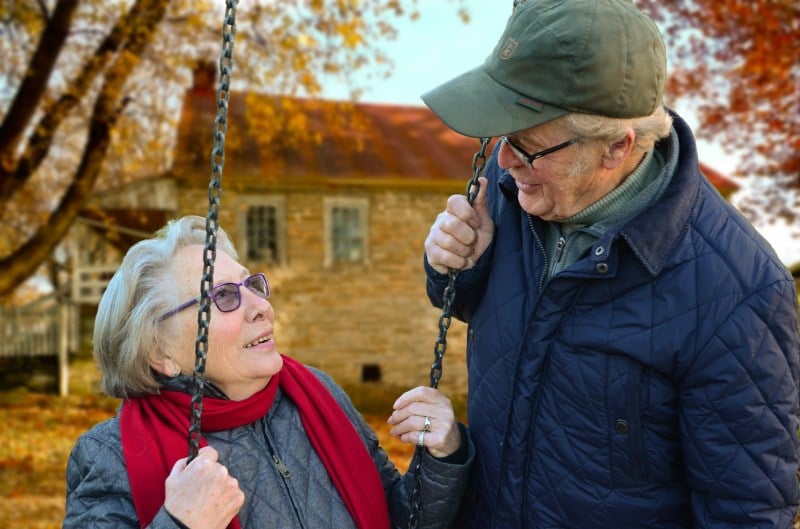As spring rolls around, students and experts from universities across the globe will convene at the Stanford Economics Department’s Center on Longevity for its annual Design Challenge. The $10,000 competition is just one of the many ways in which the Center on Longevity is encouraging innovation to address human aging and lifespan.
With a 21‐member faculty and affiliates across Stanford’s academic departments, the Center aims to address aging and its effects with a novel multidisciplinary approach “We need to re-examine the human lifespan and how people spend their life, not just in old age, but also through phases in their whole life,” remarked Dr. Ken Smith, Director of the Center’s Mobility Initiative.
Indeed, human life expectancy has changed dramatically over the last few centuries, increasing from around 35 years in the middle of the 18th century to 47 years at the dawn of the 20th century. Now, just over a hundred years later, life expectancy is just over 80 years. Smith and his colleagues at the Center on Longevity are trying to transform the culture of human aging so that individuals can utilize more of their time before retirement. Instead of adding years to the end of one’s life, new technology in combination with modern mindsets about age can allow individuals to maintain independence and prevent disability, so that they can actively participate in things they are passionate about for the entirety of their lives.
The center is comprised of three divisions – mind, mobility, and finance. “The center is structured around the idea that the extent to which an individual can reach old age is based on being mentally sharp, physically fit and financially secure,” says Smith, highlighting the importance of the financial aspects of aging. The large role that finances play in the aging process is a major reason why the Center on Longevity has an entire division dedicated to it, alongside the more traditional subjects of mental and physical fitness. “We have a mind division that focuses on cognition and we have a mobility division that looks more on the physical side of aging,” says Smith. “We have a financial security division which really seeks to prepare individuals to enter the next stage in their lives.”
A major concern as more and more people enter into their 50’s and 60’s is how they can financially support themselves. One issue is the resource limitations that arise when retirements start to last as long as careers. In the financial division, thought leaders and business minds work together to craft new career lifestyles and explore ways to help individuals prepare for financial milestones, like retirement. The center is currently working on establishing a network with the National Institute of Health to further study financial trends in large populations.
While the focus on the economic aspects of aging is one that makes Stanford’s research unique, the Center on Longevity also continues to investigate classical methods of improving health as people age. Some of the Center’s more traditional research is based on tissue regeneration in old patients, pain mitigation, and investigation of arthritis. The Center has a partnership with the Stanford BioMotion lab and through a study funded by the Center, Dr. Thomas Andriacchi of the BioMotion Lab designed a shoe that mitigated pain caused by arthritis.
“We want people to think about aging from the perspective of the old person,” says Smith. “What will make their lives better?” It is the leadership and initiative of organizations like the Center on Longevity which will help drive impactful change in aging and bring more people together in the fight against aging.
